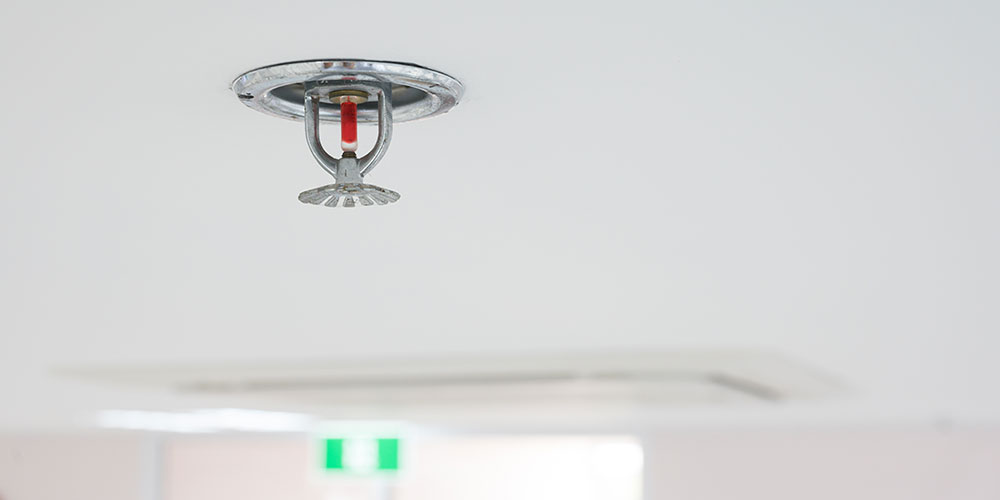Two in five American K-12 schools do not have working fire sprinklers, according to recently published survey findings.
Between Sept. 27 and Oct. 13, 2023, the EdWeek Research Center asked a nationally representative sample of 110 school principals whether the building they most often work in has functioning sprinklers. Around 40% said no while another 13% said they were unsure if their buildings’ sprinklers work.
Another EdWeek survey conducted last fall asked 254 superintendents how many school buildings in their district have sprinkler systems installed. One in five respondents said none of their buildings have sprinklers while just under half said all their buildings do.
Much of the issue lies with older buildings since schools or districts planning new construction or renovation must now follow local and state fire safety mandates which usually reflect guidelines from the National Fire Protection Association (NFPA). Among the requirements is mandatory sprinkler systems in buildings larger than 1,000 square feet. The trend of requiring sprinkler systems slowly began in the 1950s and 60s when several school fires claimed the lives of dozens, including a fire at Chicago’s Our Lady of Angels Catholic School in which more than 90 children died.
Still, there are few mandates in place for schools to install these systems if the buildings predate these strict sprinkler requirements. For instance, Wisconsin’s Gillett School District has three school buildings, none of which have a sprinkler system installed as the buildings were constructed between 50 and 100 years ago, according to EdWeek. Superintendent Wayne Johnson says installing modern sprinkler systems would be too expensive and that new construction isn’t an option due to funding.
Aside from the costs, installing sprinklers in older buildings comes with logistical challenges. Construction crews have to handle old building materials like asbestos before new work can even begin. Once it does start, installing new sprinklers can take anywhere from a few months to a full year, school safety and security analyst Guy Bliesner told EdWeek. Many schools aren’t located near another facility that could serve as a temporary school building while construction is underway.
“The only way we could see to replace these buildings would be a local referendum, which has zero chance of passing. You’ve got folks that don’t have any money — they’re not going to support a referendum to increase their property taxes,” Johnson told EdWeek. “The reality is, without state or federal assistance, we’re not going to get any decent buildings.”
There are many U.S. schools with aging facilities like Gillett but around 25% of states provide no financial aid for building projects. According to a recent EdWeek deep dive, school buildings nationwide have deferred billions of dollars worth of recommended maintenance due to lack of funding.







